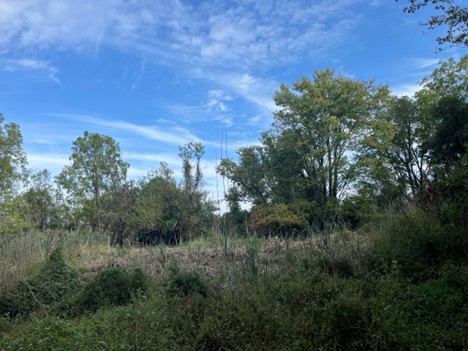Those of you who have followed the Monarch Monitoring Project for a while are aware of the daily censuses that our team conducts between Sept. 1 and Oct. 31. This is year 29 for our census, surely making it one of the longest duration quantitative surveys of monarchs that’s ever been conducted. We summarize the census by weeks, and during this year’s first week (Sept. 1 – 7), the average was 12.5 monarchs sighted per hour (see chart, below). This ranks 18th for week 1, meaning 17 years have seen a higher average and 11 have seen a lower one. It’s still too early to predict if the whole season will be above or below the long term average, which is why we continue to count monarchs several times, every single day, during our two month field season

We want to remind monarch enthusiasts who raise monarchs inside that it’s always best to release them into the wild at the same location where they first emerge. Every year we see well-meaning people bring monarchs to Cape May Point for release. There’s evidence that moving recently emerged monarchs impairs their navigational ability. It’s also very true that Cape May can be a hazardous place for monarchs, as the dozen miles of ocean water between Cape May and Cape Henlopen in Delaware is a very difficult trek for a monarch butterfly, especially one that’s been moved here from elsewhere. Finally, bringing monarchs to Cape May can impact our long-term census. So please, release your monarchs where you raise them.











